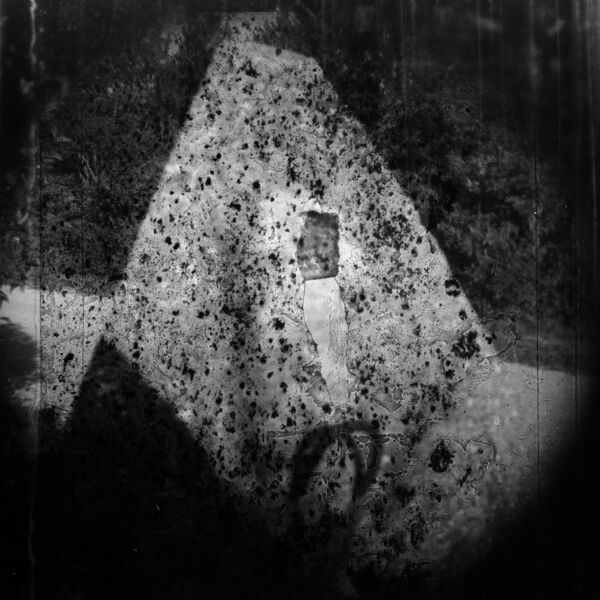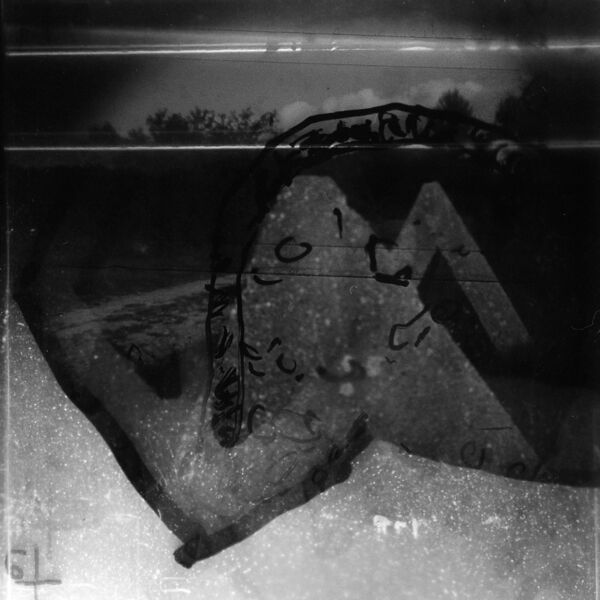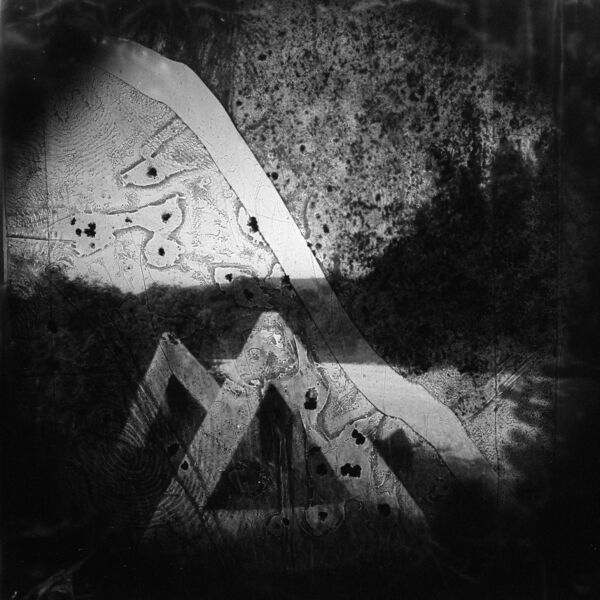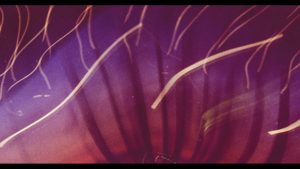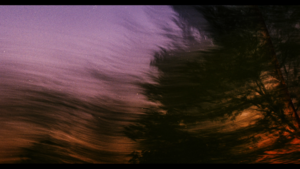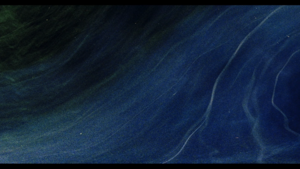LB3 and V2
LB alumni 2020 and V2_
About the collaboration between LB alumni 2020 and V2_.
- The schedule includes two days of build-up (e.g., Tues 23 - Wed 24) and roughly four days of exhibition (e.g., Thursday25 -Sunday 28) with a two-hour live-streamed program on each exhibition day for live presentation and performance.
-The whole program can take place using V2_’s streaming and presentation equipment. -Students are responsible for: the bar and door; any presentation materials related to their individual work; and the design of the promotion materials. -The curatorial groundwork will be planned by Florian Weigl in conversation with LB alumni and monitoring during the build-up.
V2_ assistants
Jue Yang, LB alum 2020
jueyang22@gmail.com
Ugo Petronin, LB alum 2020
ugopetronin@hotmail.com
Details
Alumni proposals
- Please add your name, email address and phone number plus a short project description, bio and no more than three images
Mia Paller: BARRICADES (photographic series, 2020-ongoing)
mia.paller@gmail.com, +31640016527
project description
is a series of analogue photographs and frottages of the barricades from the ‘’10-day war’’ for Slovenia (1991). These concrete pyramids were roughly dropped by the road in the village of my parents and have become overgrown with ivy and shrubs. As I was born in 1995, the barricades seem to me like monuments of the war I did not live and know little about. I understand frottaging and photographing as means of close examination with forensic quality. As if the time was a sedi¬ment compressed in one layer, flattened in a drawing or an analogue photograph. Images expose the texture and its ‘flaws’ and echo my fas¬cination for surfaces and the concepts of trace, index and abstraction.
bio
Mia Paller (1995, Ljubljana, SI) graduated in Lens-Based Media Design (MA) from Piet Zwart Institute (Rotterdam). Prior to that, she finished her BA studies of painting at the Academy of Fine Arts and Design, University of Ljubljana (SI). Her practice consists of painting, moving image, and photography. She participated in several exhibitions and film festivals mainly in Slovenia, but also in the Netherlands, UK, and Croatia. Mia Paller currently lives and works in Rotterdam, the Netherlands.
Ugo Petronin: ABIDINGS (film series, 2019-2020)
ugopetronin@hotmail.com, +31640219519
project description Abidings are short experimental films each made of a single 35mm color photograph produced through a shutterless camera. The films are driven by my interest in the interrelationships between techniques, gestures and metaphors and stem from my exploration of fluidity and continuity in cinematographic processes.
You can preview the films with these links: Password: ABD2021
For this particular event I have four short films available, none of them have been previously released. Their duration range between 5 and 6 minutes, they are in color and silent. I am flexible with the way of presentation, but I initially thought of them as installations. They are using the same technique than my first film Abiding (2019) but with an improved animation method and resolution (4k). As photographs, the films are site specifics, two have been made in the train near Utrecht, one focussing on the urban landscape and the other on the setting of the sun. The two others were made walking through Het Park, one tends to focus on vegetation and the other on the waters and their reflections. I am only showing work that has been produced in relation to my studies at the Piet Zwart Institute (2018-2020). During that period I developed a strong interest in the interrelationships between techniques, gestures and metaphors which I explored through the development of a particular photo-filmic method. Intrigued by the poetic and aesthetic impact of light leaks on films I began to question the capacity of light spills to bridge frames and to bond images. The interstitial space between frames became the centre of my attention and I wondered what would happen if this separation was abolished.
Between 2018 and 2020, I focussed my artistic practice on answering this question through the deconstruction of the fragmentary regime of image production. My inquiry was informed by ideas such as the open-machine (Gilbert Simondon, 1958), the poetics of water (Gaston Bachelard, 1942), dialogical photography (Vilém Flusser, 1983, 1985) and the gestural dynamic between material and conceptual in the art practices of Aïm Deüelle Lüski (1993, 2010) and Chris McCaw (2006, 2014). Departing from the assumption that a dominant form of photography was established on a solid and discontinuous logic, my aim was to examine the possible implementation of a logic based on fluidity and continuity. This was approached by highlighting and modifying the elements which enact the fragmentation in the camera mechanism. As a result, the interstitial space between frames was erased by dismantling the shutter and the intermittent mechanism of the camera. The flowing of light in the camera afforded by the removal of the shutter, dissolved the space between frames which resulted in the grouping of images on the film surface. The flowing of light and the movement of the film contributed in the creation of a type of syntax based on the continual linking up of frames.
Enacted through a circular gesture, exposure became dynamic and relational, participating in the conceptual shift from a logic of fragmentation to a logic of assimilation. On a technical level, this assimilation of frames is pertinent to describe the illusion of continuity produced by the strip-photography technique. On a metaphorical level, assimilation sends us back into imaginaries ruled by the dynamics of waters and fluids. Sometimes I think of my films as gestures of opening to embrace the living character of confusion.
bio
Ugo Petronin (1985, Aix-en Provence, FR), is an artist and filmmaker based in Rotterdam. Most of his works are driven by his fascination with waters and fluidity and his obsessive curiosity for their potential to question our material, epistemic and ontological presuppositions. Recurrent in his practice are the disruption and construction of interrelationships between techniques, gestures and metaphors. Until now the works were predominantly photographic and cinematographic but his ongoing river-specific research approaches fluidity from an acoustic perspective. He holds a Master in lens-based media design form the Piet Zwart Institute and a Bachelor in sociology and cinema from Aix-Marseille University. His last film Abiding (2019) has been selected and awarded in international film festivals and is being distributed by the Eye Film Museum and Doc Alliance Films.
Jue Yang: there is no death in gravity (2020)
there is no death in gravity (HD video with stereo sound, 7m37s)
What is the sound of a heartbreak? When does an apple die?
I listen to a mundane cosmo through the footsteps of my neighbor.
Made in 2020 — a year of limitation and, oddly, new openings — I used footage from my personal archive (shot in 2019) with sounds from on the internet. Recorded and edited in a living room, this was my way of speaking to the stars.
Animation credit: "Two Black Holes Merge Into one" by Simulating eXtreme Spacetimes (CC BY-NC 2.5 license), used here with slicing and changed speed.
bio
Jue Yang is a writer and filmmaker based in Rotterdam, NL. From Jue: "my current writings, often auto-ethnographic, concern institutional oppression, generational trauma, grief and the act of archiving. My practice involves annotation and the gathering of fragments. I have an envelope full of post-it notes that once marked different pages of different books — that is how I converse with their authors. My images come from looking and listening with full intent. Through the making of images I find moments of rest and belonging. Others have described them as "silent" and "transcendent" — descriptions that I embrace."

